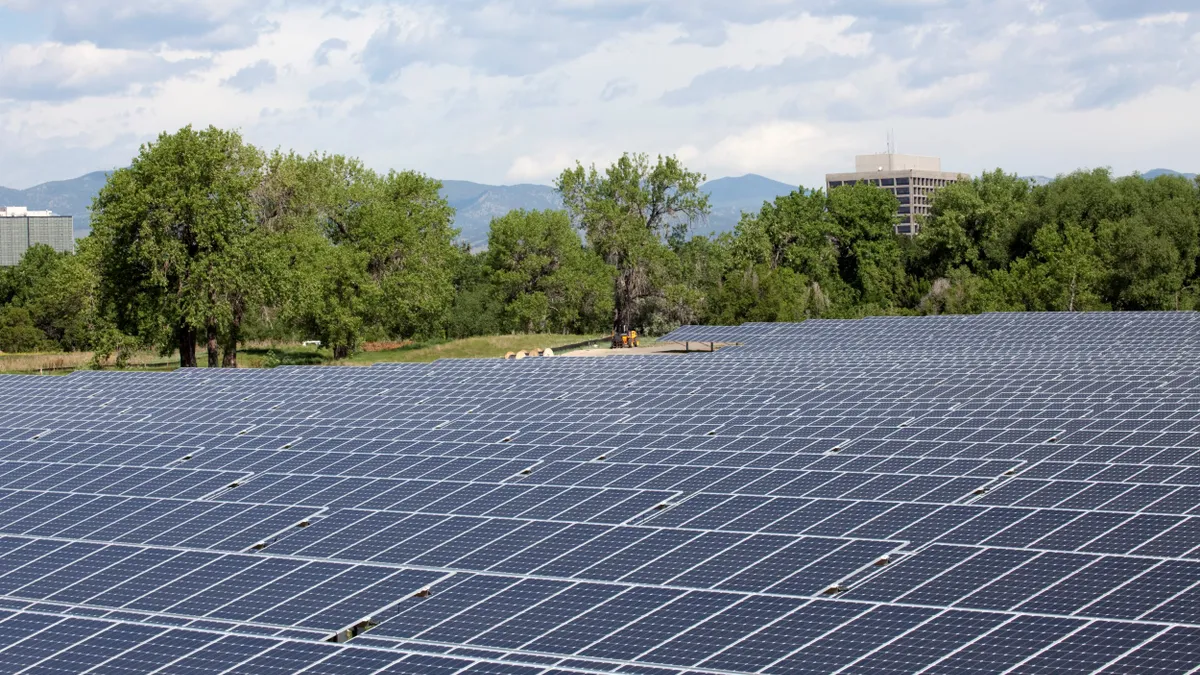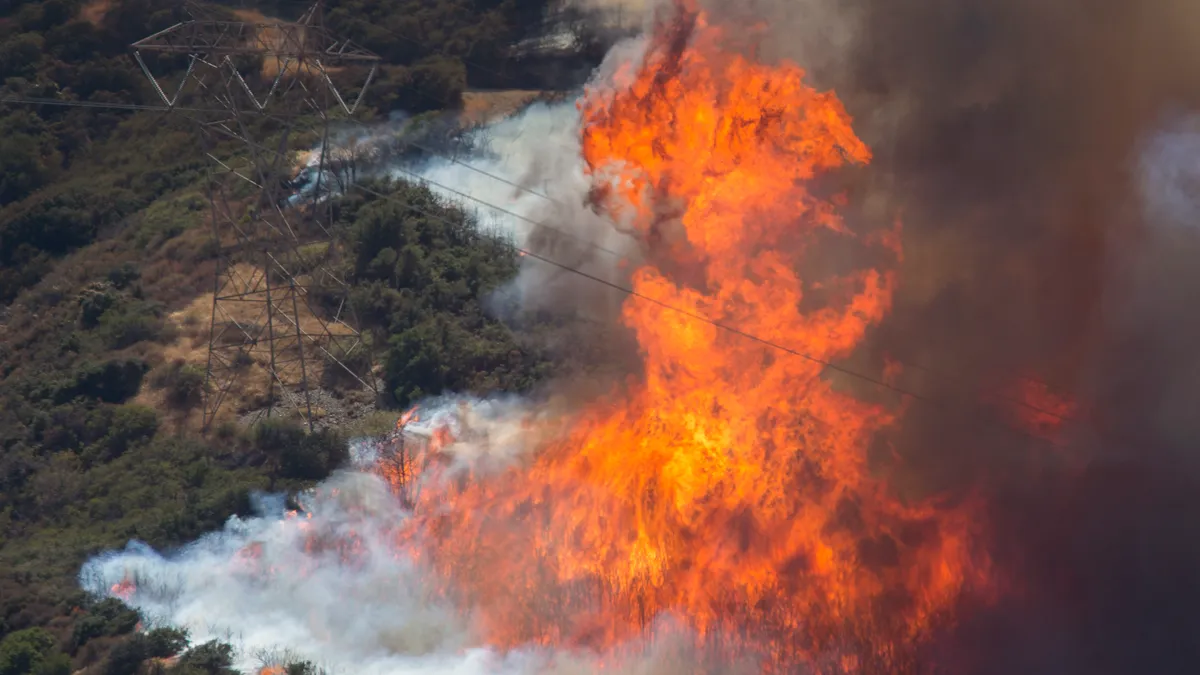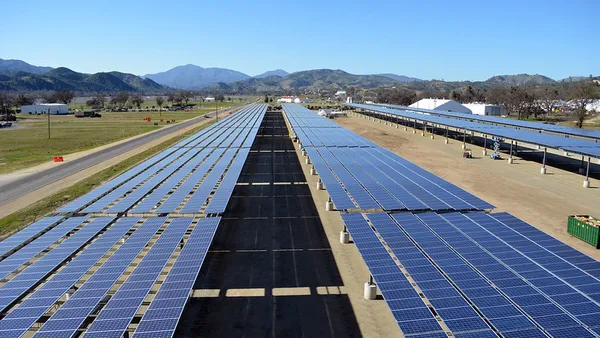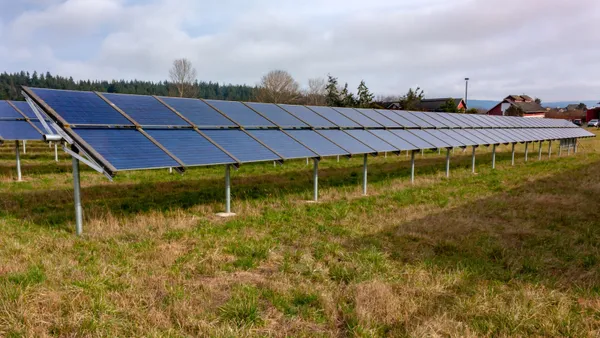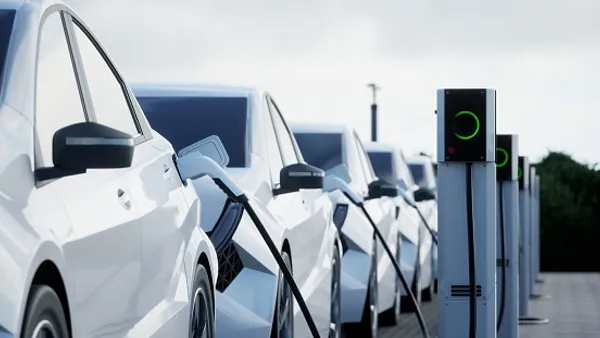Virtual power plants can affordably and reliably help to meet summer electricity demand on a U.S. grid that’s increasingly vulnerable to supply disruptions during extreme heat waves, RMI said in a report released earlier this month.
The more than 500 U.S. VPPs in operation today can be dispatched to meet summer grid needs in 2024, and new VPPs can be planned and deployed in as little as six to 12 months, making them available as soon as next summer, RMI said.
“We’re not trying to argue that VPPs are the only solution, but we want to make sure they have a place in that conversation,” said Kevin Brehm, a report co-author and manager in RMI’s carbon-free electricity practice.
Seven broad areas of the North American electric grid are at risk of weather-driven electricity supply shortfalls this summer, including portions of Texas, New England and the Midcontinent Independent System Operator territory, according to the North American Electric Reliability Corporation’s 2024 Summer Reliability Assessment.
Regional grids face even greater risks in the near future if utilities’ expectations for near-term demand growth bear out, RMI said. Grid planners expect peak demand growth of 38 GW through 2028, mostly driven by new manufacturing, industrial and data center facilities, Grid Strategies said in December.
Utilities can deploy VPPs much faster than new generation or transmission assets and reduce the longer-term need for significant new capital investments, RMI said. RMI cited Brattle Group research from last year that found U.S. utilities can meet resource adequacy needs and avoid $15 billion to $35 billion in conventional investments over 10 years by deploying 60 GW of VPP capacity.
RMI highlighted three utility VPP programs that achieved “peak coincident capacity” within 12 months:
- The Ontario Independent Electricity System Operator’s Save on Energy Peak Perks program, which enrolled 100,000 homes within six months last year and can reduce peak summer demand by up to 90 MW.
- The California Public Utility Commission’s Demand Side Grid Support VPP, an emergency reliability program for non-investor-owned utility customers that launched in 2022 and achieved 142 MW of committed capacity within a year.
- The aggregate distributed energy resources, or ADER, pilot in the Electric Reliability Council of Texas wholesale market, which launched in 2022 with an initial capacity of 80 MW. In December, ERCOT expanded the ADER pilot and cleared ADERs to participate in its contingency reserve service, RMI said.
VPP programs will become more diverse and sophisticated as a wider variety of distributed energy resources appear in volume at the grid edge, complementing foundational DERs like smart thermostats and commercial demand response, Brehm said.
Last year, a PG&E and Sunrun VPP pilot enrolled 8,500 customer batteries within six months to address summer evening peaks while Rocky Mountain Power’s WattSmart program continues to dispatch thousands of customer batteries daily to manage demand peaks, RMI said.
Puget Sound Energy’s VPP programs use a wider array of DERs to meet summer peaks, including smart thermostats, behavioral load shaping, electric vehicles, water heaters and interruptible loads, RMI said.
RMI provided more details on these and other U.S. VPP programs in a flipbook released last month.
Summer peaks will present the biggest seasonal challenge for most utilities and grid operators over the next decade, but lessons learned using VPPs to manage warm-season demand could be useful as cold-season electricity use increases, Brehm said.
Utilities and grid operators will need to “get clear on which DERs can be brought to bear most effectively to manage winter peaks,” which have different shapes, profiles and durations than summer peaks, he said. For example, smart thermostats “are a fantastic solution for summer peaks” but may not be as effective as batteries or EVs in winter, he added.
Though the longer-term success of VPP programs is contingent on DER adoption, technological advancements are likely to enhance their capabilities over time. Compared with current managed EV charging programs, which can only curtail the flow of electricity into plugged-in vehicles, bidirectional EV charging — or vehicle-to-grid — is a more versatile technology that can manage demand peaks and improve grid reliability during supply shortfalls, Brehm said.




